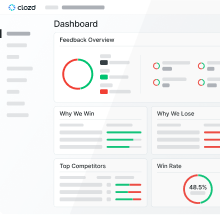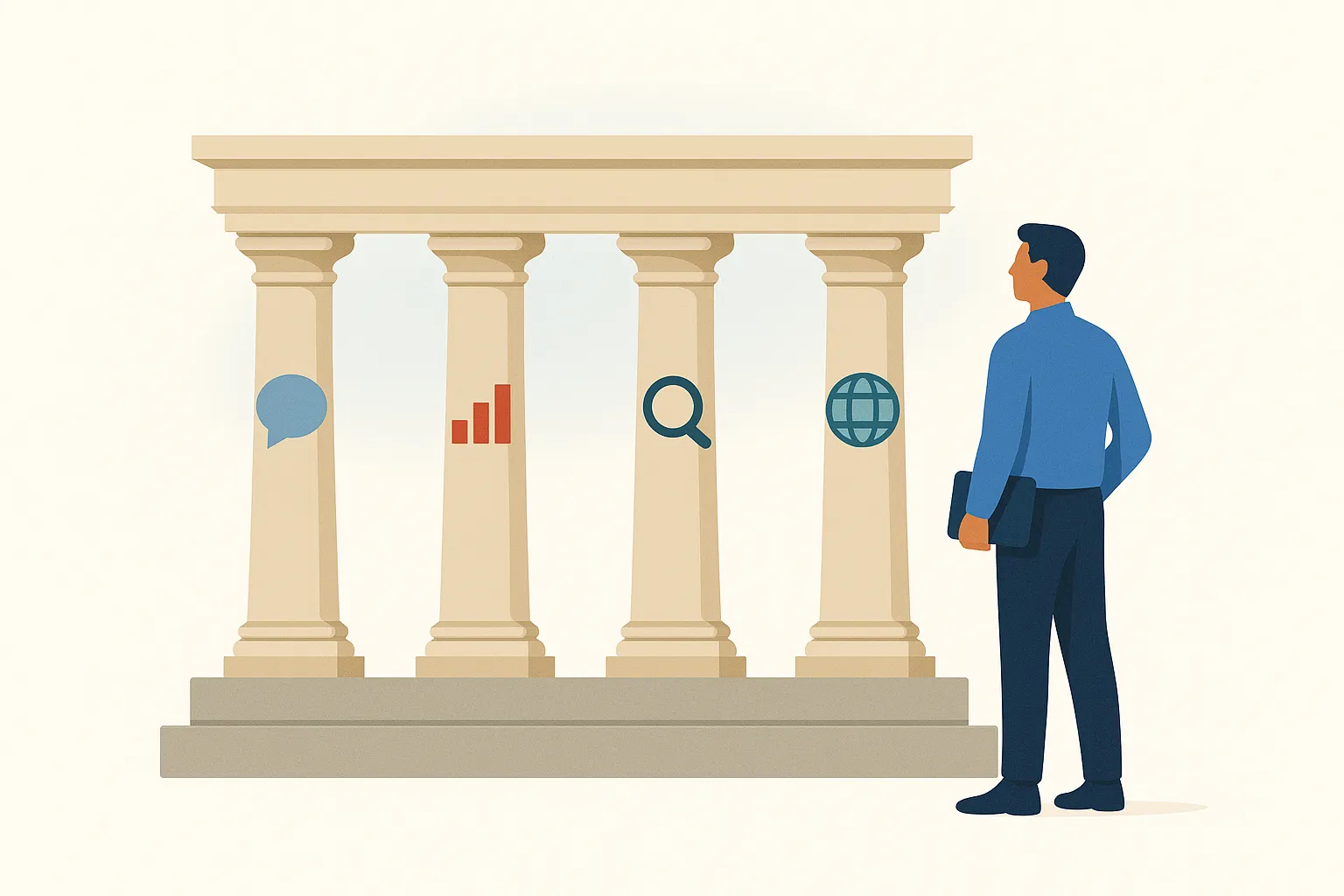
A common misconception is that win-loss analysis is just a way to boost sales performance. But in actuality, win-loss analysis can be a helpful tool across your organization. Marketing, product, sales enablement, and product marketing all benefit from win-loss outcomes. The insights gathered from a robust program can help influence change throughout your org. Libby Buttenweiser, product marketing manager at Headspace, gives some tips on the best ways to cross-functionally influence strategy using win-loss analysis.
Many companies may feel that they already have a pretty good pulse on their customers–how they’re feeling about the product, how happy they are, how likely they are to renew, etc. However, having a good idea of your customer base and having a sure understanding are two separate things–you need to have data to back up your assumptions. And once you have that, how do you use it to better your sales outcomes, messaging, or product strategy?
(Cue Libby’s Win Loss Week session on exactly this.)
Four Tips To Influence Cross-Functional Strategy
Know Your Audience (Your Internal Audience)
Figure out who you need to share your win-loss analysis with internally, then tailor your findings to the various stakeholders. When compiling your findings, keep the cross-functional stakeholders in mind and be sure to include information that will be relevant and intriguing to all parties. Libby recommended holding a stakeholder meeting quarterly.
Use Data Plus Anecdotes
While hard data is an important part of win-loss analysis, quotes create empathy and tell more of the story. Using the two together is a winning combination. Use the data from your CRM, collect it from other surveys, etc., and then pull quotes from interviews that back up that data. By showing the numbers alongside the anecdotes, you can really get your message across to all teams involved.
Facilitate Ideation
When you have your quarterly cross-functional meeting, leave deliberate time for brainstorming. All win-loss presentations should include time for broad ideation to allow discussions around how to address the problems that may have been found.
Clear Follow Up
After you meet, ensure that stakeholders are clear on their action items when leaving that meeting. All too often, people are given information, and though they are interested in the moment, without a clear, actionable takeaway, that information will just sit there … untouched. You need to make sure people are committed to, at the very least, looking into the information shared.
Real-Life Application
Libby shares an example of this method working for her in her role at Headspace. One takeaway from a quarterly win-loss analysis was that their partners weren’t seeing Headspace’s ROI as a number. What Libby was able to pull from interview quotes was that many folks used employee feedback to manage and measure the success (ROI) of their program (rather than actual dollar amounts). Libby had also conducted a survey previously that confirmed this finding. During her quarterly stakeholder review, the product team was able to see that this key trend was something that needed to be slotted into their product roadmap. From this, they added a feature for automating employee surveys via their existing platform.
“As a product marketing manager, that’s a big win, to be able to influence the roadmap that you don’t own.” - Libby
Click here for more information on how Clozd can help your organization hone in on cross-functional strategy through win-loss analysis.











.svg)










.svg)

.svg)




